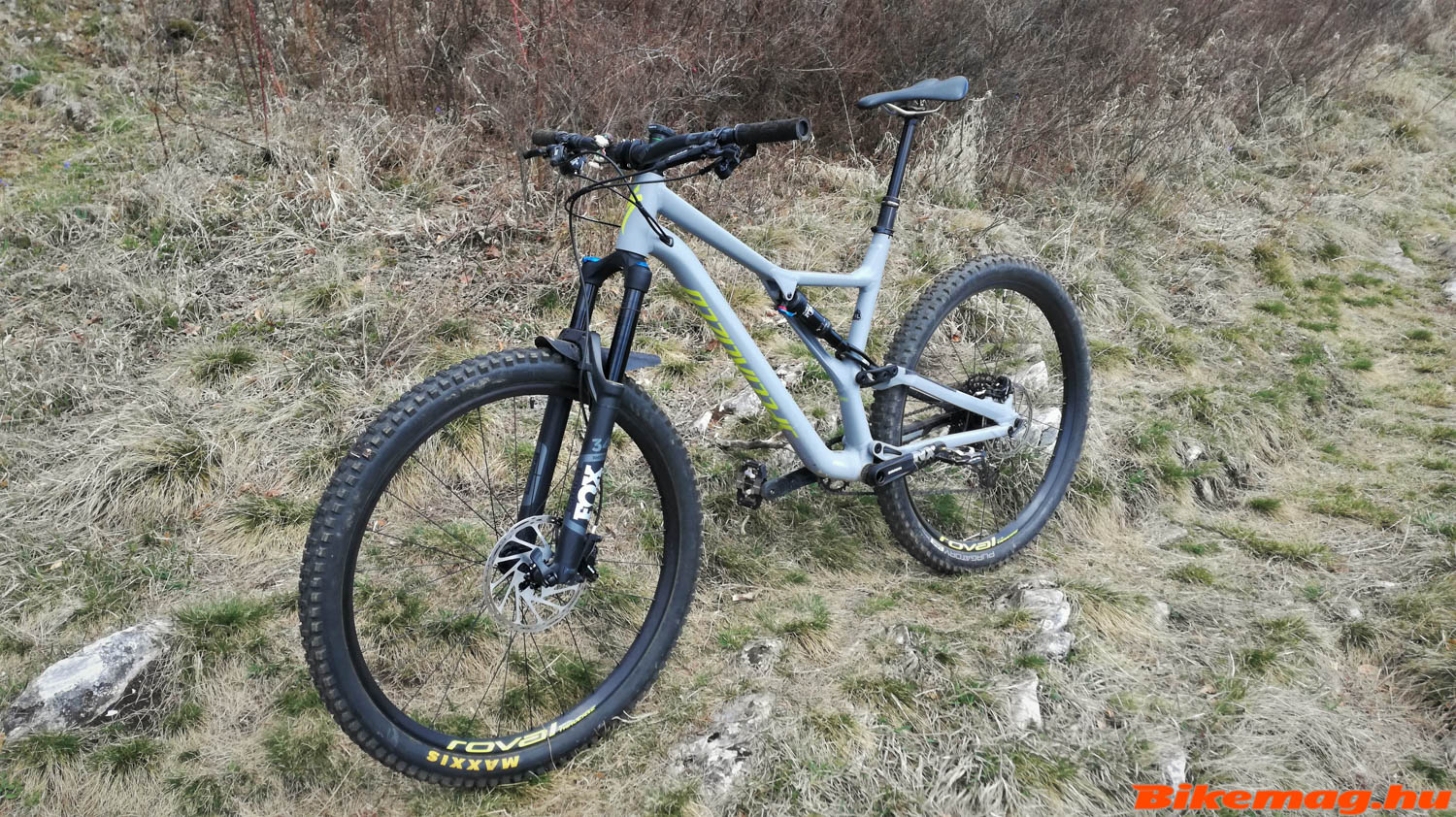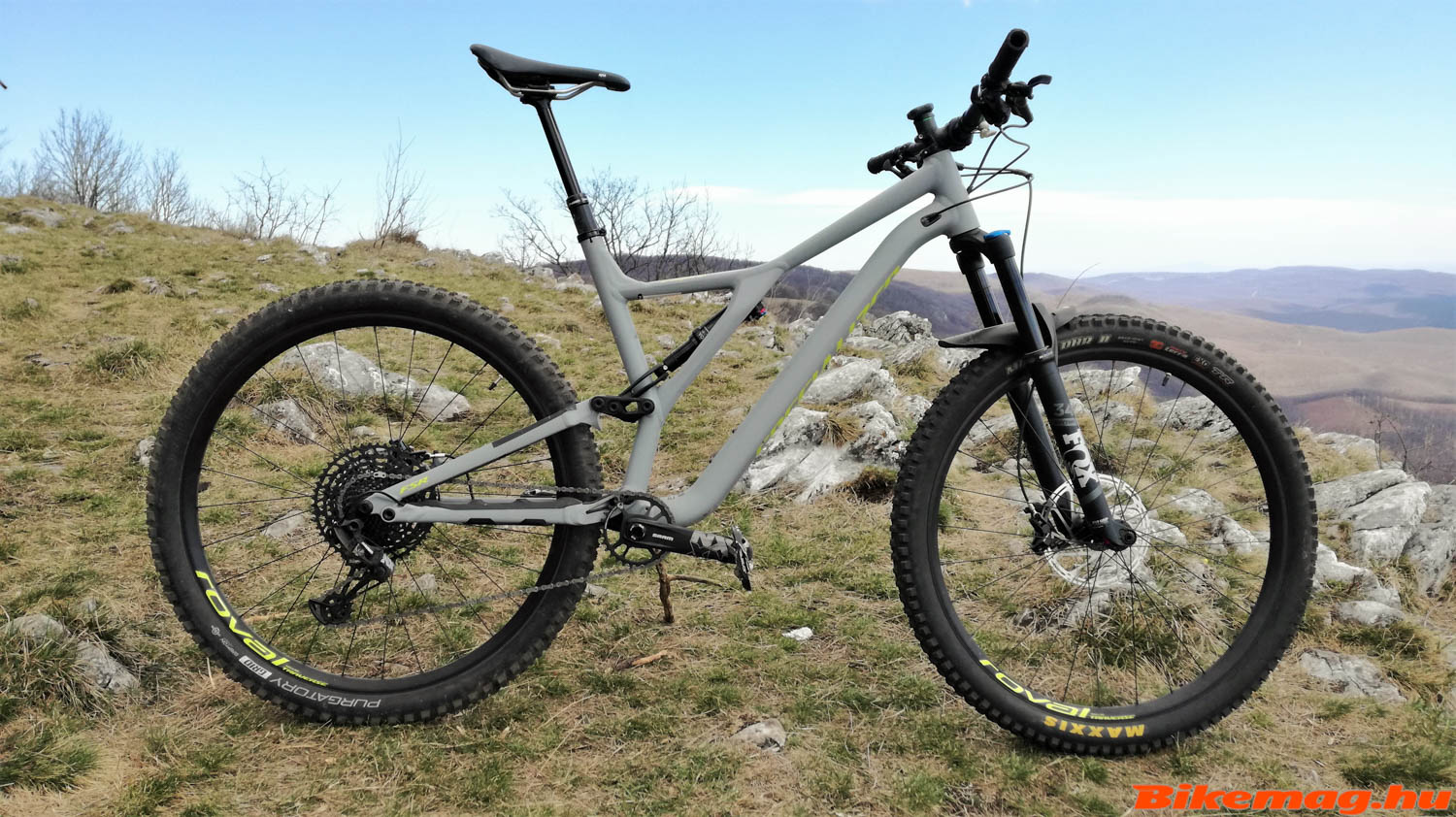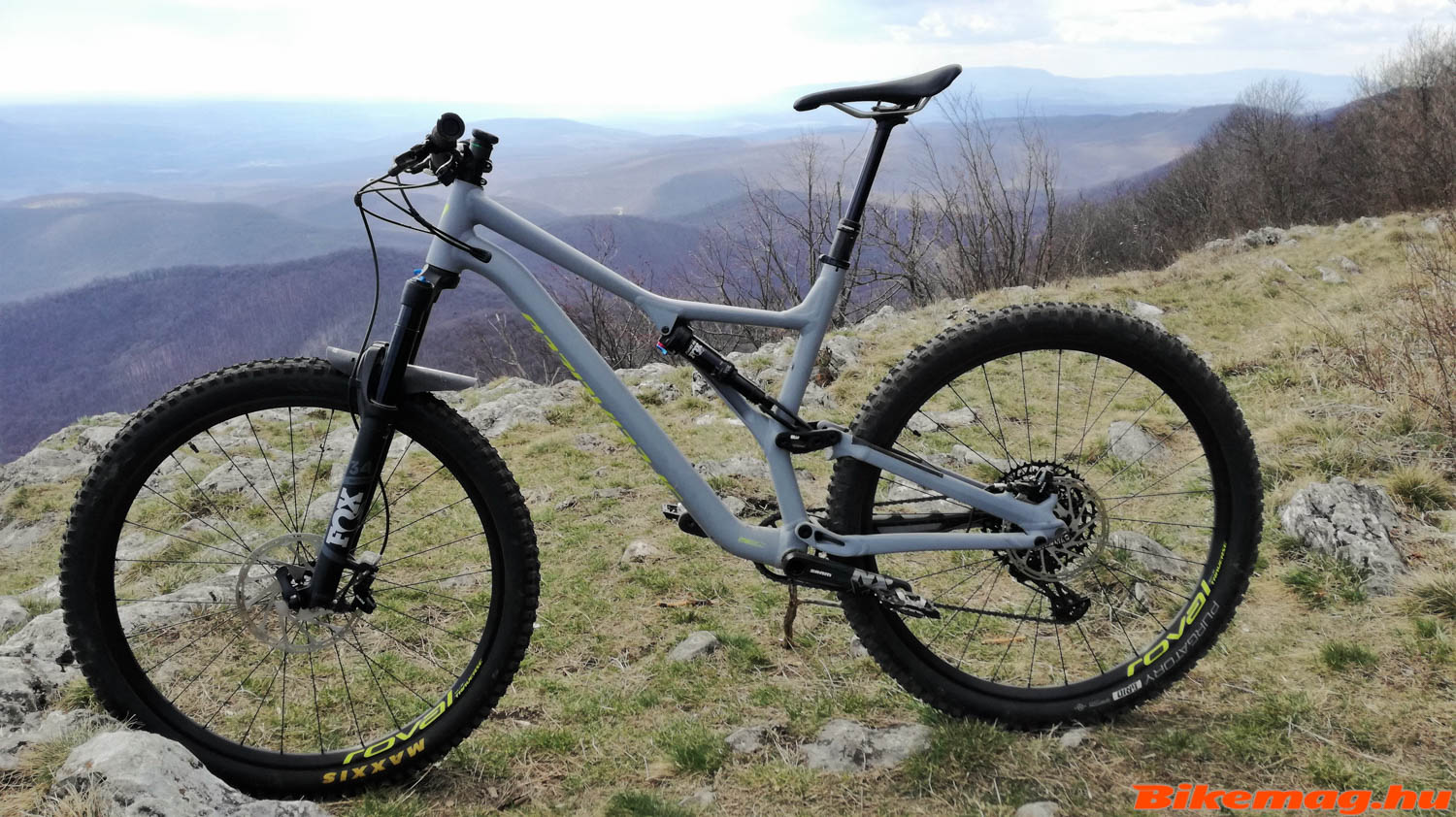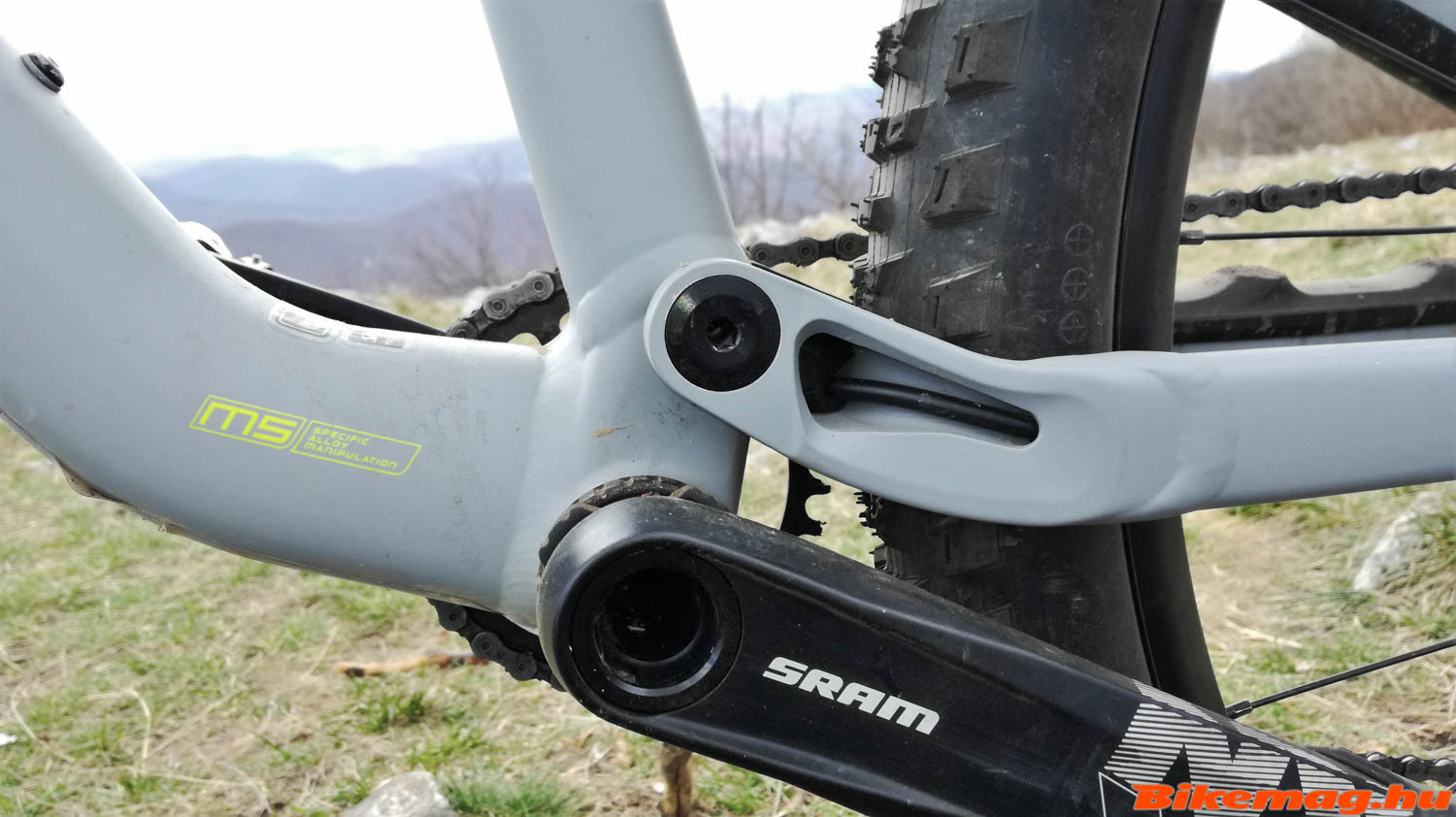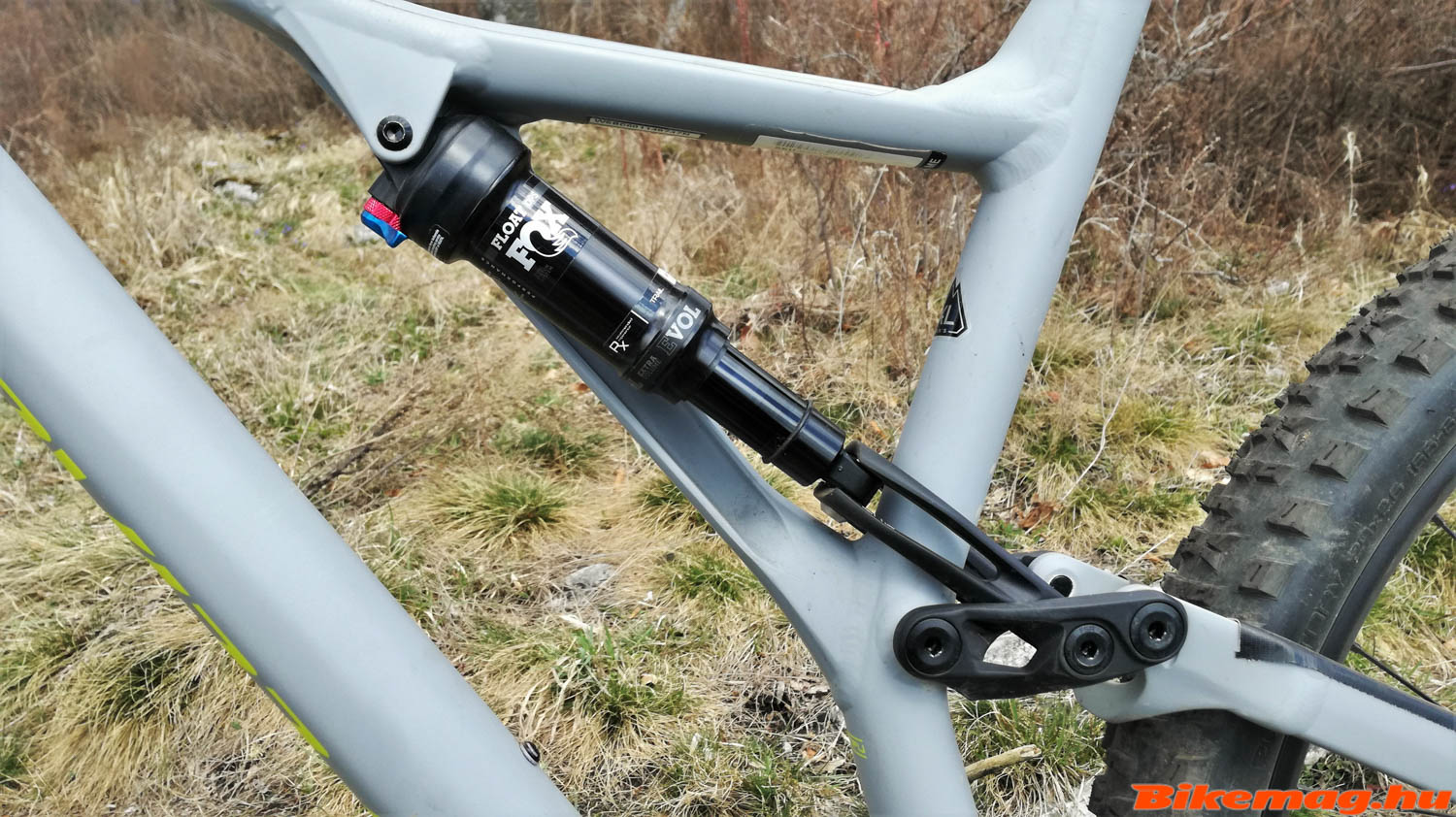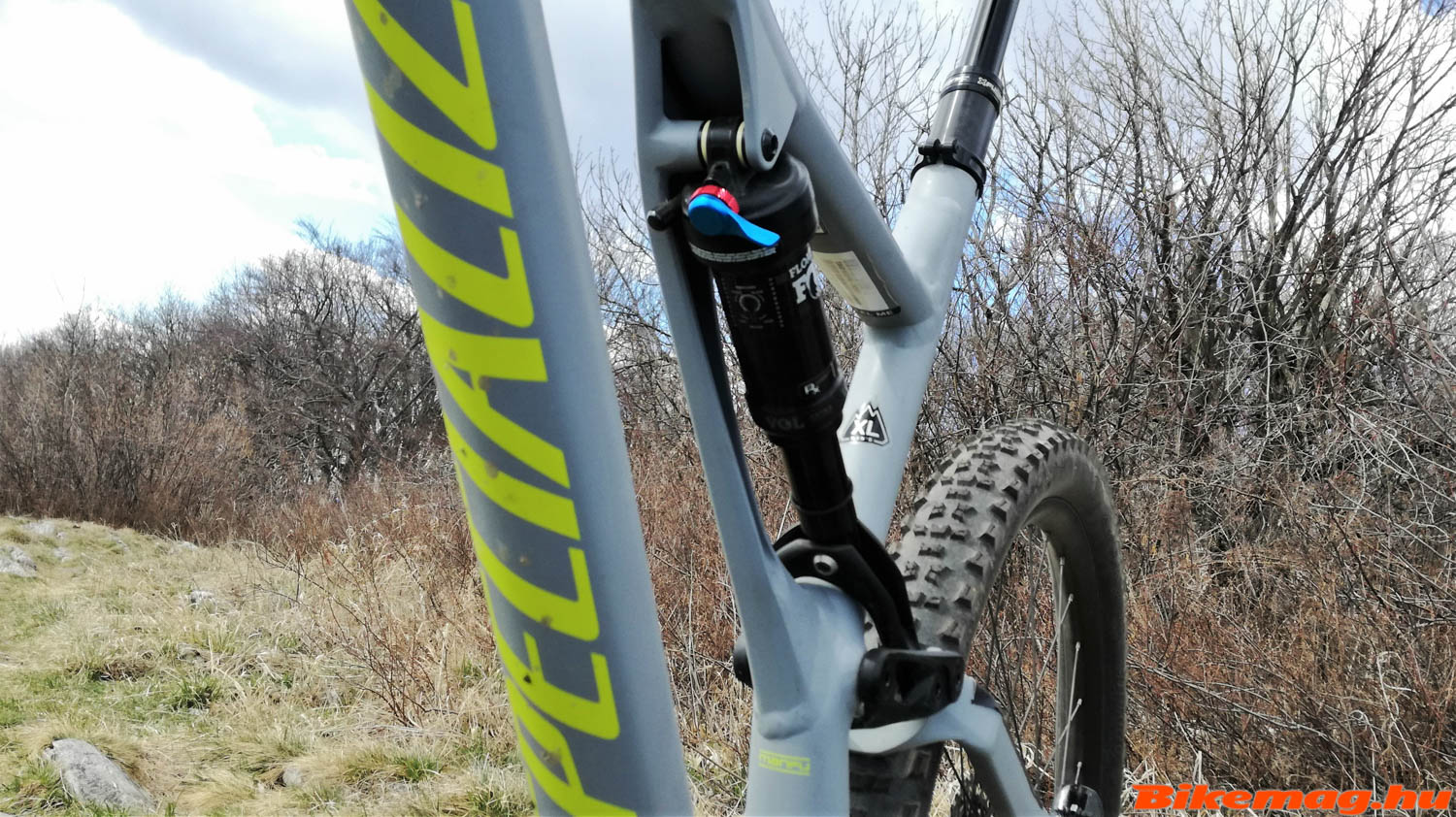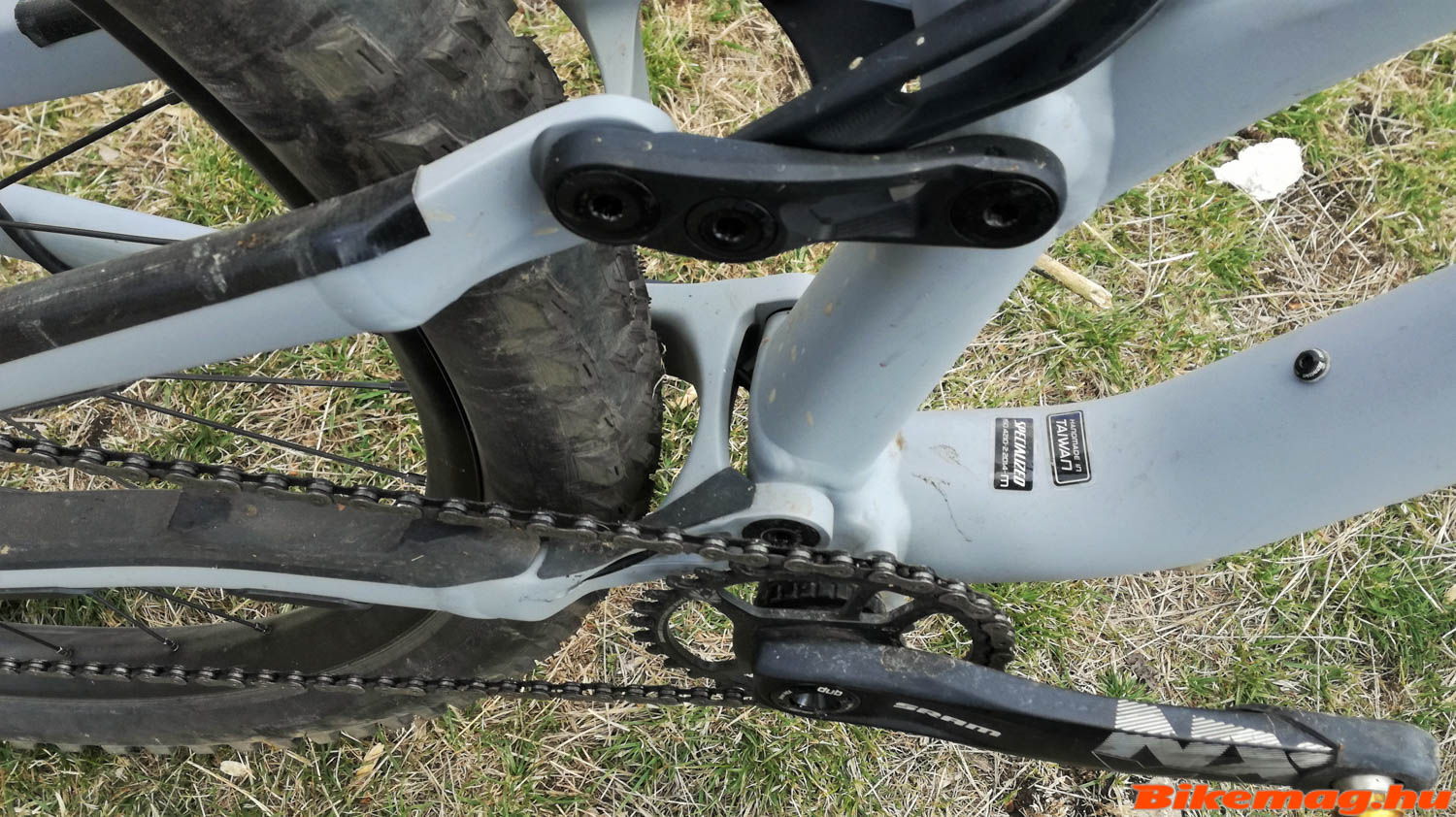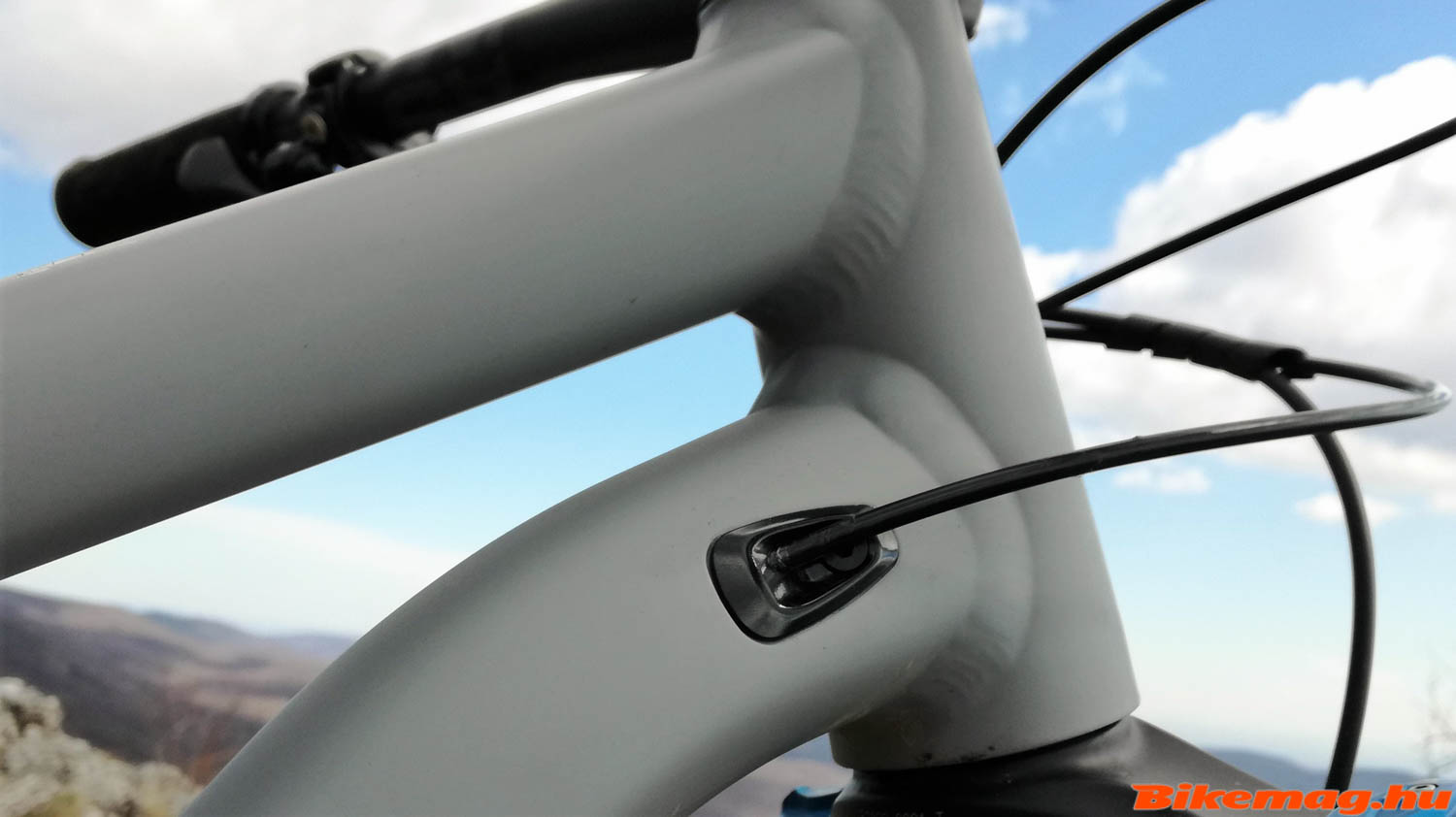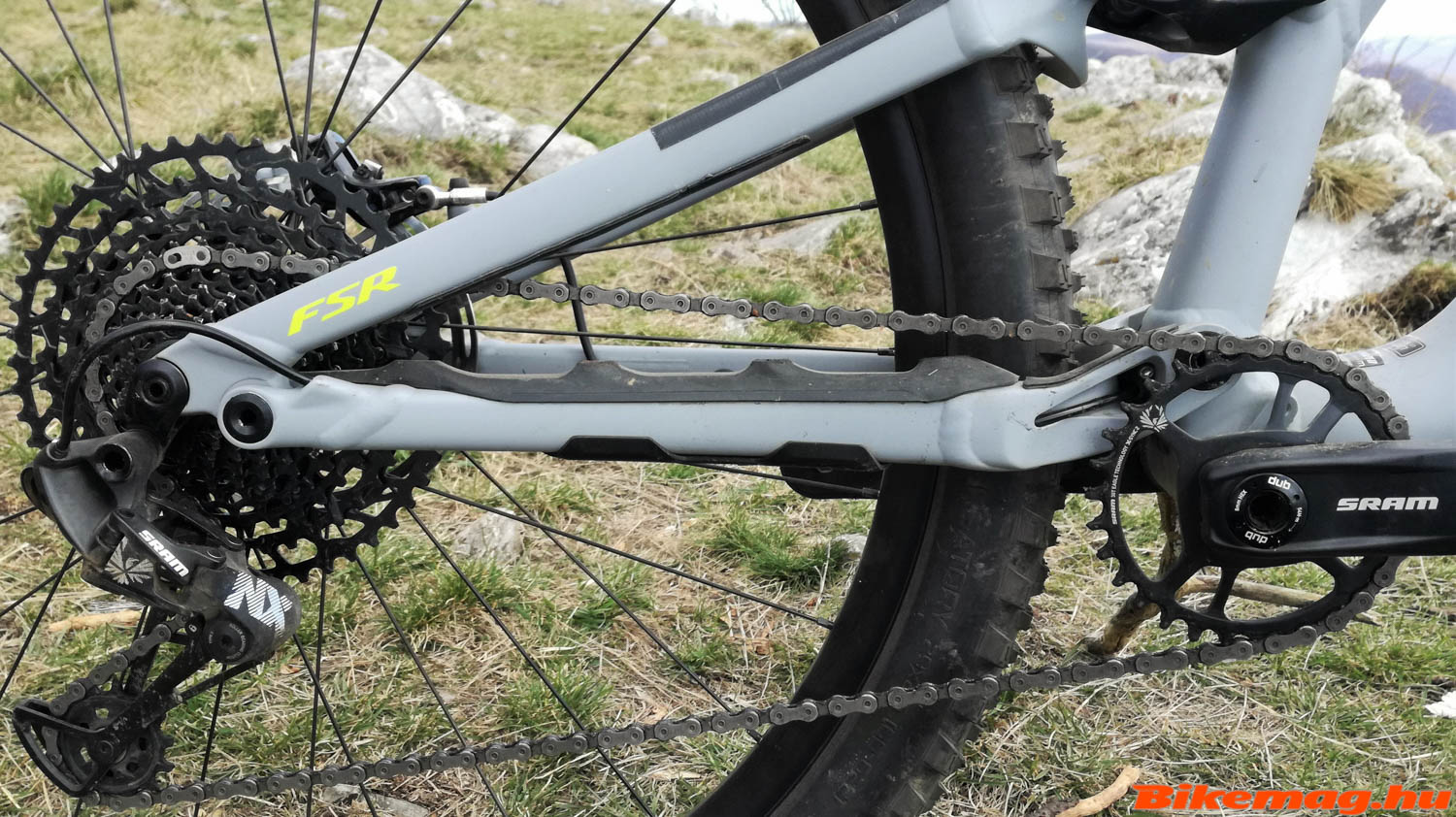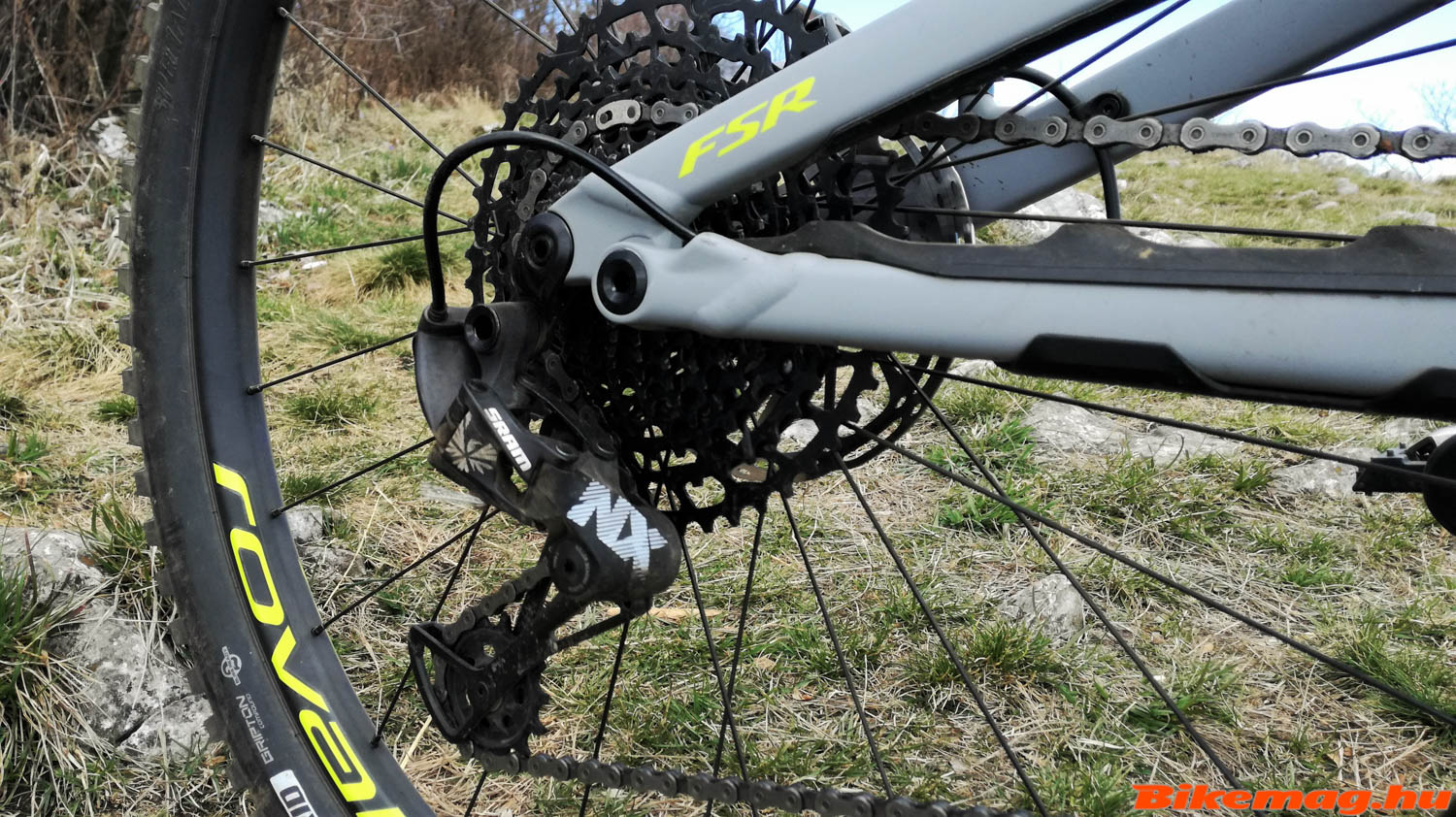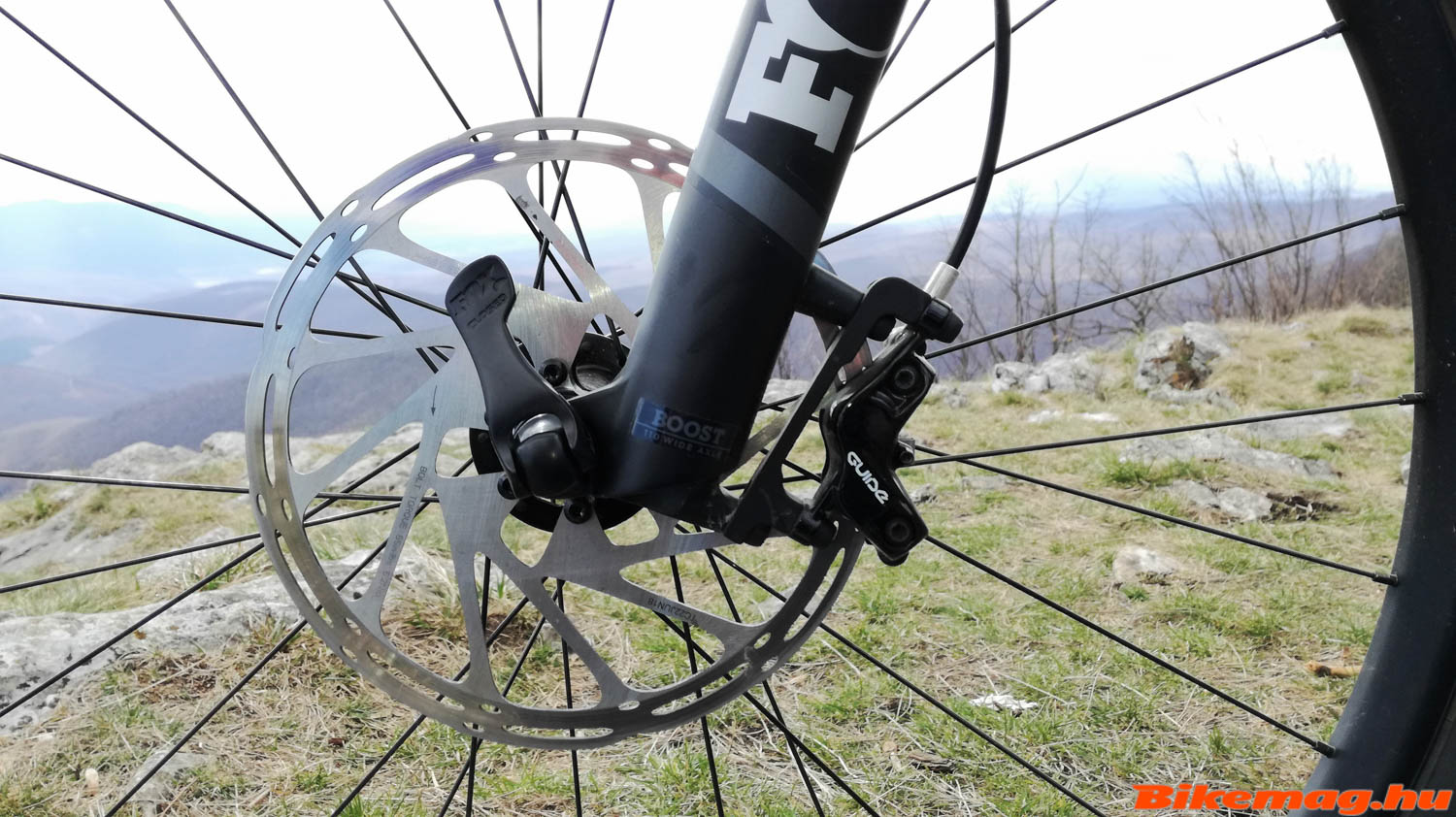The name Specialized Stumpjumper – or “Stumpy” for short – should sound familiar to mountain bikes, be it a beginner or a hard-core “old hand”. This was the model name Specialized gave to the first mass-production MTB bike back in 1981, and has remained a reference that all bikes in the category are judged by.
Since we’re dealing with such an iconic MTB model, let’s begin with a history lesson! I should preface this with my personal account of mountain biking. I fell in love with the Stumpjumper in 2004, I found this bike to retain all the attributes I aspire from an MTB. Since then I have owned several iterations, and had a chance to track and experience its progress.
Specialized is renowned for introducing innovative technical solutions. Some of the technologies prove to be game-changers (like the Brain intelligent suspension), other times they lead into blind alleys (like the Future Shock double-crown trail fork). No matter how brave the move Specialized takes in terms of innovation, some aspects seldom change. For example, frame geometry is never altered merely for the sake of novelty or to follow industry trends. This leads to the truism that we often hear from riders and read in bike reviews: “When you straddle the newest Specialized model, you instantly feel like you have been ridden it forever!” This is true for our present test bike as well, but it’s better not to jump ahead of ourselves…
Specialized has been offering the 29er wheels for over 10 years. The American manufacturer was one of the first to adopt the large “hoop”, and has remained a strong proponent of the size ever since. The company was reluctant to jump on the 27.5” bandwagon, but soon realized that no major brand can afford to omit the intermediate wheel size. The Stumpjumper model line now provides the rider with this important choice.
The shape and suspension design of the bike saw a major revamp in 2011, which remained in production with some minor tweaks until 2018. However, in 2019 there has been a major revamp for the Stumpy…
This year the Stumpjumper model comprises of 3 distinct versions. The so-called ST (Short Travel) inherited the 120mm rear suspension platform of the Camber model. The LT (Long Travel) offers 140mm and is considered the mainstream “Stumpy”. The third version is the EVO, which breaks with the conservative frame geometry by adopting the now trendy “longer and slacker” genre of mountain bikes on the market. As I have mentioned earlier, all three model variants are available in both 29er and 27.5” (650b) wheel size. For further details on the whole range, please refer to a previous Bikemag article (in Hungarian).
The present review is about the LT variant of the “Stumpy” in Comp specification “trim”. In the following I’ll highlight the changes from the previous model, list the new technologies and design features.
The frame:
In-house developed M5 aluminum alloy is used to construct the frame. This is a tried and trusted material which has been featured in my first 2004 S-Works “Stumpy”. On the other hand, the asymmetric design of the frame is surely a radical development feature. It first appeared on the 2015 Demo downhill model, and such was the success, that Specialized chose to implement it on the longer travel Enduro and the “Stumpy” as well.
To compensate for a considerable reduction of the amount material used in the frame, the asymmetrical design helps to restore the stability and durability. I cannot affirm the success of this endeavor per se, but I surely admire the aesthetics it creates. According to modern bicycle design trends, the cables all run inside the frame, from the main triangle through the rear stays only to exit at the derailleur and the brake caliper. Replacing the cable is a piece of cake: all you have to do is pass the cable into the opening just behind the head tube, and it instinctively exits at the other end. This is what I’d call a well-designed cable integration!
Though not exactly an innovation, the return to the threaded bottom bracket housing is also a welcome feature. Just like with the Enduro model, Specialized eschewed the use of a Press-Fit solution, which should make maintenance of this bike much easier than the previous generation.
Specialized also abandoned another prominent technology which hallmarked its full-suspension models of the past decade: namely the use of a unique, custom-size shock mounting. There is no need to source the rear shock from Specialized, this new “Stumpy” holds any standard (210x50mm) model.
The new shock mounting allows for tweaking frame geometry to a certain extent. At the lower attachment point the shims are asymmetric, flipping these changes the head and sea tube angles. In the more laid back setting the head tube is at 66.5 degree and the sea is 73.7, paired with a BB height of 341mm. In the more upright position, the head angle is spot on 67 degree, the seat tube steepens by a degree degree and the BB axle height rises to 348mm. Both of these settings infer a rather conservative frame geometry by today’s standards, which might deter some potential buyers as they do not conform to the current “longer-slacker” trend. This is something we have come to expect from Specialized: they cling to their tried and trusted values, and put the emphasis on ride quality as opposed to spec sheet numbers.
Another important figure I’d like to point out to the reader, and it’s the frame size. I choose an XL, which in other manufacturer’s lineup often signifies a rider who is seriously tall. But for the “Stumpy”, an XL is a perfect match for my more-or-less average height of 184cm (6’1”). I could have managed on a size L as well, but for my long limbs the larger frame is a better match. The not-so-long and not-so-short head tube is a good compromise for the increased front height that comes with a large wheel size. On my previous 2017 Specialized Enduro, the head tube was a sizable 120mm, on the Stumpy it’s 20mm longer, so in the end no spacer was required over the headset with a riser bar.
Despite the many changes, the bike retains the most important feature that characterized Specialized performance full-suspension models for past decades: the FSR rear suspension. I have been a fan of this honored design, it offers a sensitive rear end travel assuring excellent traction. The suspension character is remarkably subtle, it literally flattens even the minutest bumps on the trail. Best of all, it’s almost completely independent of brake forces, so the rear end remains active while breaking hard during the steep descends. It’s often criticized for being too responsive under intensive pedaling, often initiating unsettling rhythmic bobbing, but today’s modern rear shock are effective at filtering out such anomalies.
The chain stays on the 2019 “Stumpy” received a special rubber protector which reminds me of sand dunes. There is a clear logic behind the design as the bumps on the surface are very efficient in attenuating chain slap, silencing the drive train even on the roughest of trails. This is one of my favorite developments on the new model.
Fortunately the designers took into consideration those riders who still adhere to water bottles, making room on the frame for a full-sized 700ml bottle with a conventional cage. For the carbon frame version of the “Stumpy”, Specialized integrates a so-called SWAT box under the bottle where the rider can store tools and other accessories.
Suspension parts:
The front fork is a FOX Float Rhythm 34, with Grip damper, 51 mm fork offset and a respectable 150mm travel. This is Fox’s basic OEM version of the Float Rhythm 34, but it seems to work just as well as the aftermarket “Factory” or “Performance” model variant. For more aggressive riders and racers a 36mm stanchion fork would provide increased front end stability, but for us trail enthusiasts, riding in typical circumstances, the Float Rhythm 34 is a quality, trustworthy choice.
At the back, there is the excellent FOX Float DPS Performance EVOL providing 140mm travel. Just like with the fork, it’s supposed to be a more basic model variant in the FOX lineup, nevertheless it provides a great suspension character, greatly improving traction and comfort. It offers the usual three modes we come to expect from Float Shocks: there is a fully open setting along with a partially and fully dampened mode.
The test bike is equipped with a SRAM Guide R 4-piston brake system. I’ve been using the RS version of these stoppers for many years with complete satisfaction. Fortunately bike manufacturers realized that it makes sense to increase the diameter of the brake discs with the frame size, and Specialized installed 180/200mm for this “Stumpy” XL model.
Shifting duties are handled by the 12-speed SRAM NX single chainring system. Despite being the lowest rank 1×12 offering from the American component maker, in direct comparison with the upper level GX I felt very little difference. There is a 200 gram surplus in terms of weight, but that’s about all that sets them apart. I have also ridden with the high-end XO, and that’s not significantly better either. The shifts are smooth, quick and precise for SRAM group sets all across the range. The gear range on this bike is 10-50T at the back paired with a 30T chainring on the 170mm crank arm. 170 on an XL bike? I might be one of the few riders who is actually appreciates a shorter than average crank length: the reason being that I greatly detest when the pedal keeps striking the ground!
Specialized managed to delight the rider with a dropper seat post in form of an X-Fusion Manic. It’s great to see this feature on a lower-spec model variant. It has a unique post diameter (34,9mm), explained by the fact that the top-tier Specialized MTBs come with such diameter Command Post Wu dropper that offers a rearward tilt when lowered. In case you wish to replace this dropper with another model – or else install a regular seat post – a shim has to be placed inside the frame. By the way, the Manic is a standard affair, offering 150mm of drop operated by a gently turning ergonomic lever.
The handlebar, stem and the saddle all carry the Specialized brand name, they are well-designed quality products. The stem is diminutive but monumental which holds the 780 wide aluminum bar with a healthy 27mm rise. The Phenom saddle is 143mm wide and quite stiff. Not exactly my cup of tea, but saddles are personal which can be easily substituted if there is an anatomic mismatch.
Finally I’d like to say a few words about the wheelset which bears the Roval brand. Most Specialized bikes – even the top-end offerings – come with in-house designed Roval hoops. The Traverse 29 model on this bike has aluminum tubeless-ready rims with 30mm internal width. They are laced front and back using 28 spokes to the Specialized-branded Boost standard (15×110mm and 12x148mm) hubs. This is a typical modern setup which matches the bike’s component level.
The tires also come from Specialized’s own range: in front is the Specialized Butcher, at the back the Purgatory, both in 29×2,6” size. They are equipped with top technologies like GRID reinforced structure covered with special GRIPTON rubber compound. Not the lightest tires around, but should be reliable and strong. The same can be said of the wheelset: it’s sturdy enough for more extreme mountain biking, in fact I have almost the same setup on my Specialized Enduro. In the photos you’ll see another wheelset, which is considerably lighter. I tend to use two pairs for each bike, installing the one which is better match for the trail conditions I plan to cover.
I hope this somewhat technocrat write-up provided the reader a glimpse of what the new “Stumpy” can offer. I believe it’s a great improvement over the past model generation, offering more adjustability, up-to-date frame geometry, while retaining most of the “Stumpy” charisma. Since I’ll continue riding this bike, I’ll plan to do another installment when I’ve gathered more experience riding the Stumpjumper Comp FSR 29.
Recommended retail price: HUF 959,000.
More information on the manufacturer’s website.


